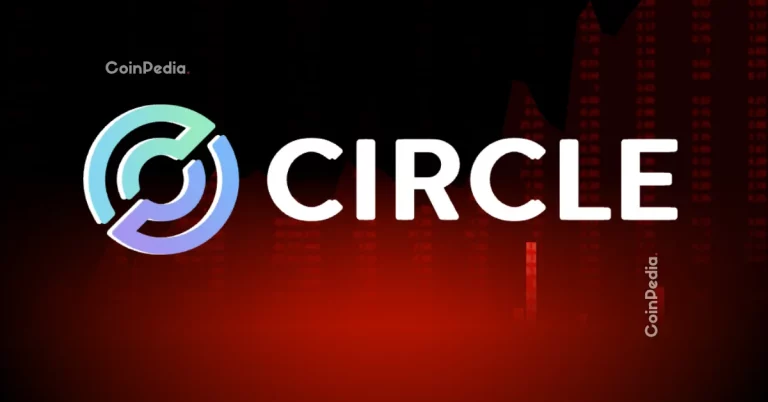
Smart Cities: Urban Trends for 2025
Introduction to Smart Cities
Smart Cities: Urban Trends for 2025 are revolutionizing the way we live and interact with our environments. As the world becomes increasingly urbanized, cities are leveraging technology and innovation to create sustainable, efficient, and livable spaces for their citizens. In this article, we will explore the latest urban trends shaping the future of smart cities in 2025.
Section 1: Sustainable Energy and Environment
Sustainable energy and environment are at the forefront of smart city development. Cities are investing in renewable energy sources such as solar, wind, and hydroelectric power to reduce their carbon footprint and reliance on fossil fuels. Green spaces and urban forestry initiatives are also being implemented to mitigate the urban heat island effect and improve air quality.
For example, the city of Copenhagen has set a goal to become carbon neutral by 2025, and is investing in wind turbines, biomass, and district heating systems to achieve this goal. Similarly, the city of Singapore has implemented a comprehensive urban forestry program, which includes the creation of parks, gardens, and green roofs to reduce the urban heat island effect and improve air quality.
Section 2: Innovative Transportation Systems
Innovative transportation systems are another key aspect of smart city development. Cities are investing in electric and self-driving vehicles, as well as smart traffic management systems to reduce congestion and improve traffic flow. Public transportation systems are also being upgraded to include features such as real-time scheduling, mobile payments, and Wi-Fi connectivity.
For example, the city of London has implemented a smart traffic management system, which uses real-time data and analytics to optimize traffic signal timing and reduce congestion. Similarly, the city of Tokyo has invested in a comprehensive public transportation system, which includes high-speed rail, buses, and subways, and is considered one of the most efficient and reliable in the world.
Section 3: Smart Infrastructure and Governance
Smart infrastructure and governance are critical components of smart city development. Cities are investing in smart grids, which enable real-time monitoring and management of energy distribution, as well as smart water management systems, which optimize water treatment and distribution. Governance systems are also being upgraded to include features such as e-participation, open data, and digital identity verification.
For example, the city of Barcelona has implemented a smart grid system, which enables real-time monitoring and management of energy distribution, and has reduced energy consumption by 10%. Similarly, the city of Sydney has invested in a comprehensive governance system, which includes e-participation, open data, and digital identity verification, and has improved citizen engagement and participation in city decision-making.
Conclusion
In conclusion, smart cities are shaping the future of urban development, and are leveraging technology and innovation to create sustainable, efficient, and livable spaces for their citizens. From sustainable energy and environment to innovative transportation systems and smart infrastructure and governance, the urban trends shaping the future of smart cities in 2025 are numerous and exciting.




